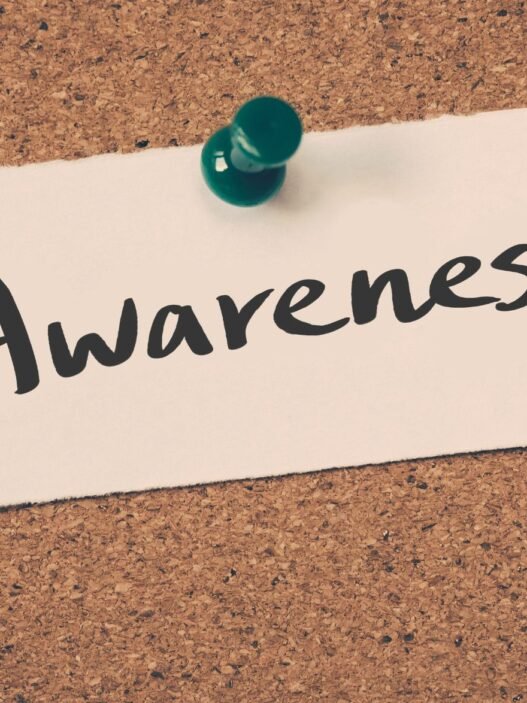With the rise of remote work, more companies have turned to workplace surveillance tools to monitor productivity and ensure accountability.
However, this trend has sparked concerns about how these practices might negatively affect employee mental health.
While companies argue that monitoring helps maintain productivity, employees often feel stressed, anxious, and distrustful due to constant surveillance.
This article explores both sides of the debate and highlights the need for a balanced approach that ensures workplace efficiency while protecting employees’ well-being.
How Workplace Surveillance Affects Mental Health
Studies show that excessive workplace surveillance can increase stress and anxiety among employees.
A 2022 report from the American Psychological Association (APA) found that 60% of employees who experienced high levels of monitoring reported increased stress at work .
Constant surveillance can create an environment where workers feel they aren’t trusted, which in turn can lead to mental health struggles like depression and burnout.
Employees who know they’re being monitored may also feel pressure to perform continuously, even if that means working through breaks or outside of regular hours.
This lack of autonomy can lead to a loss of motivation and overall job satisfaction.
The Argument for Workplace Surveillance
From the employer’s perspective, surveillance tools can provide insight into worker productivity, especially in remote settings where managers can’t directly observe employees.
A 2023 Gartner report showed that nearly 16% of employers are using tracking software to monitor employee activity .
These tools can be useful for identifying inefficiencies and ensuring company policies are being followed.
Supporters of surveillance argue that it helps maintain accountability, especially in industries where security and compliance are important.
For example, industries like banking and healthcare may need to monitor employee activity closely to prevent data breaches or compliance violations.
Finding a Balance: Is There a Middle Ground?
The key to balancing workplace surveillance and employee mental health is transparency and trust.
Employers can implement monitoring tools with clear guidelines and communicate openly about why they’re being used.
Workers are more likely to accept surveillance if they understand how it benefits the company and are given clear privacy protections.
Additionally, companies can explore less intrusive ways to ensure productivity, like focusing on output rather than constant activity monitoring.
Allowing employees some autonomy while maintaining productivity goals can help foster trust and protect mental health.
While workplace surveillance can help businesses stay efficient and compliant, it’s important to recognize its potential impact on mental health.
Striking a balance between monitoring and giving employees the space to work autonomously is essential for creating a healthy work environment.
Companies that prioritize transparency and fairness in their surveillance practices will find it easier to keep their employees both productive and mentally well.























